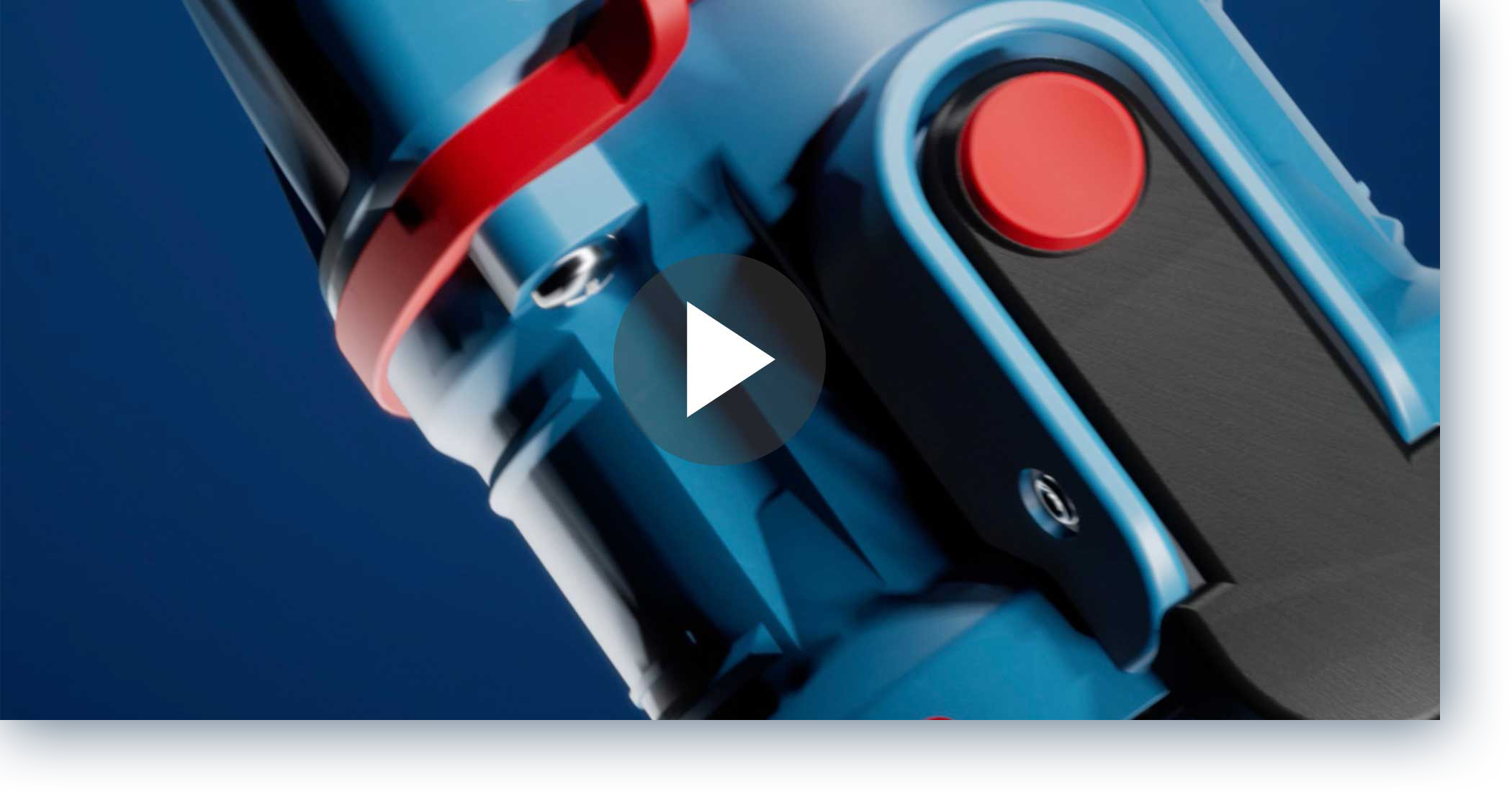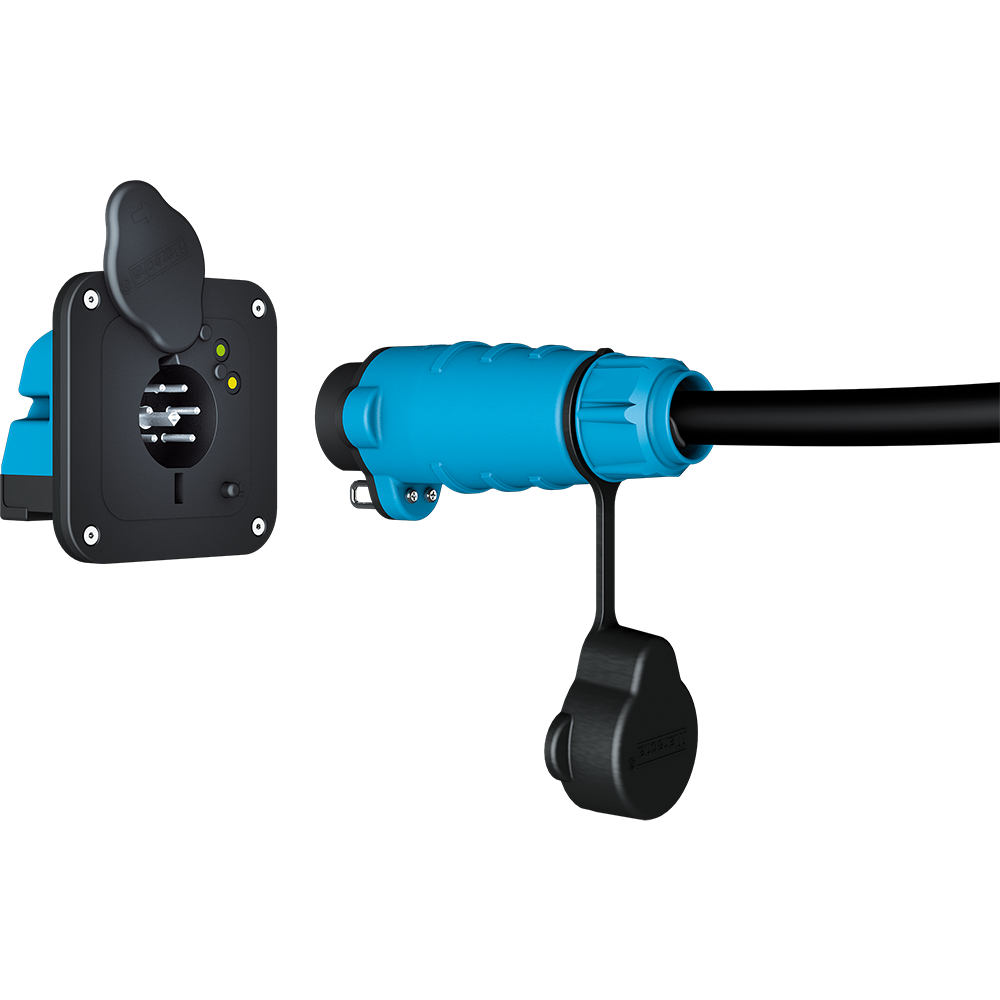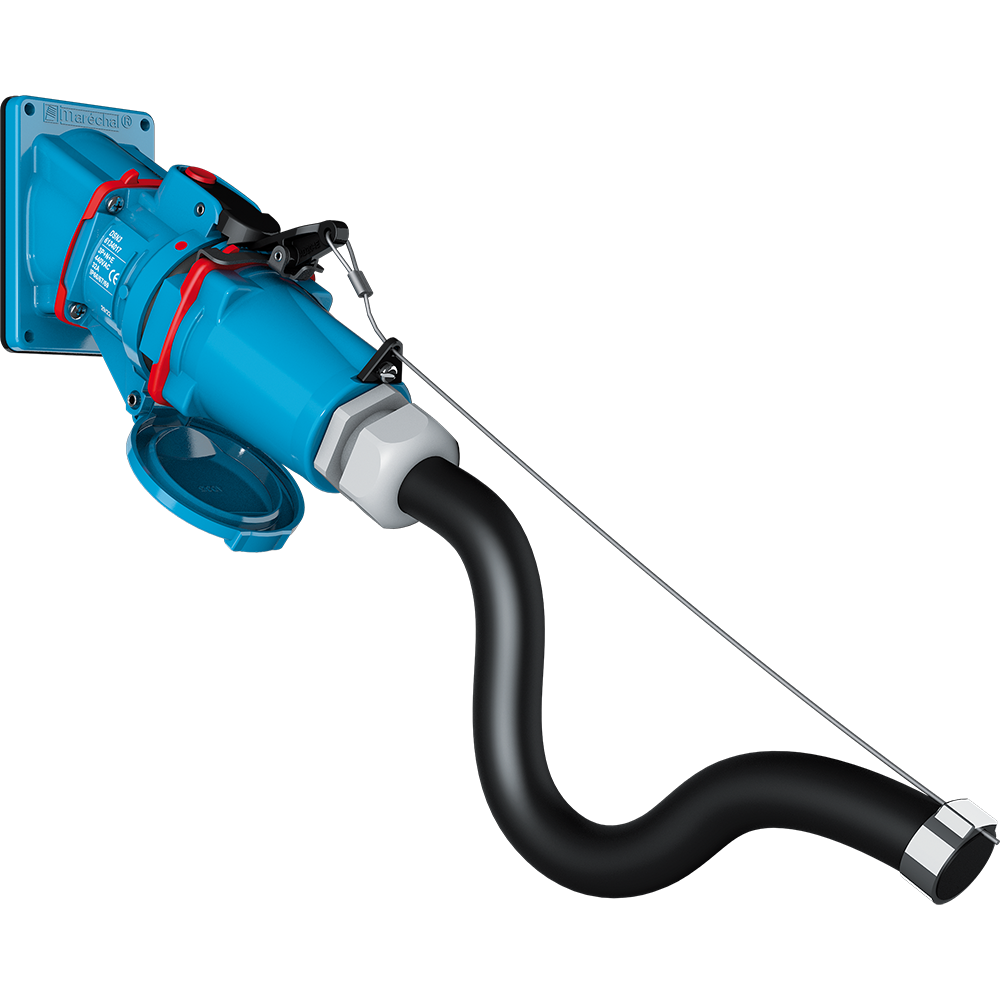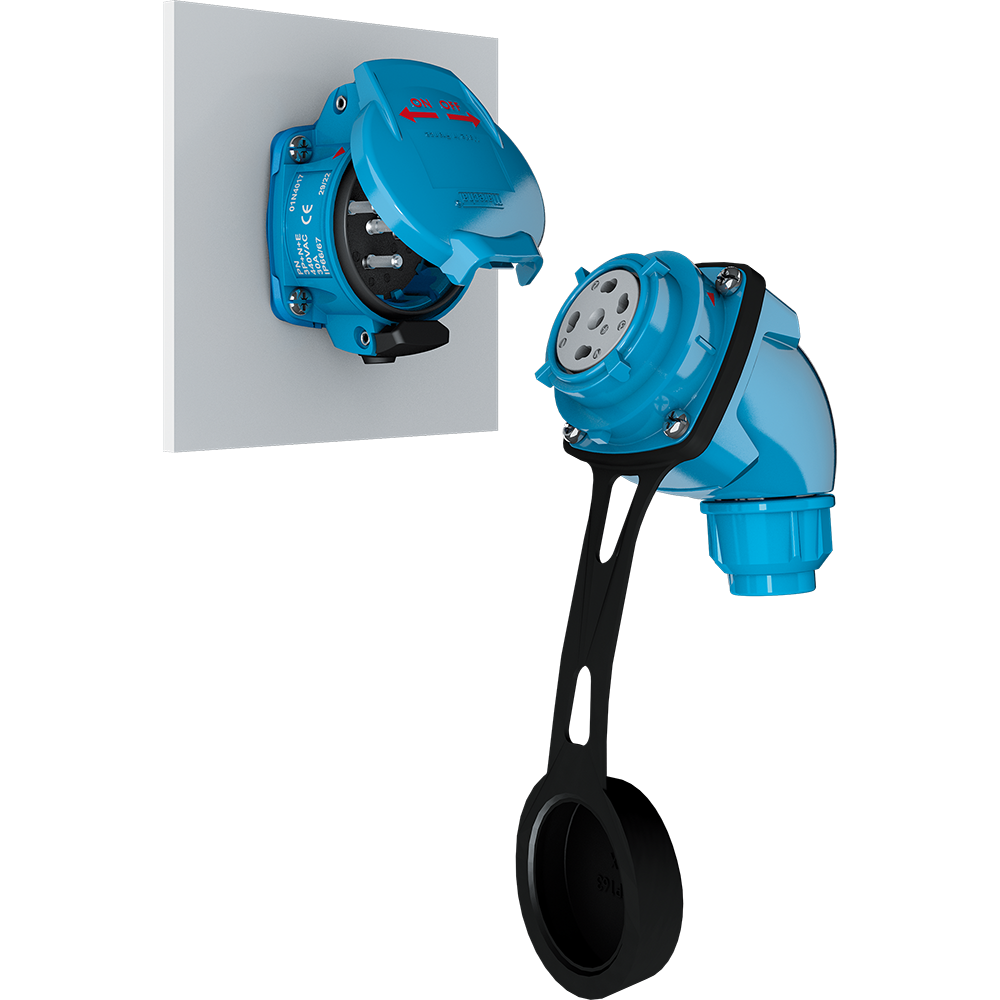< Expertises
We combine industrial design and technology to create some of the most reliable industrial electrical products in the world.
< Products
Our MARECHAL® and TECHNOR® brands offer you the best high and low voltage solutions for all types of environment.
< Corporate
We combine industrial design and technology to create some of the most reliable industrial electrical products in the world.
Mobile applications
Expertises
We combine industrial design and technology to create some of the most reliable industrial electrical products in the world.
Products
Our MARECHAL® and TECHNOR® brands offer you the best high and low voltage solutions for all types of environment.
Services
MARECHAL ELECTRIC works with you every day to provide solutions that meet your professional requirements.
Corporate
We combine industrial design and technology to create some of the most reliable industrial electrical products in the world.





